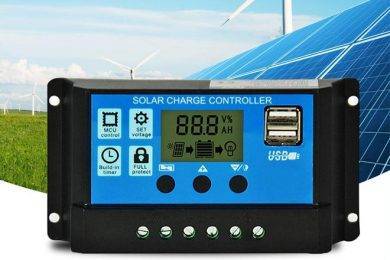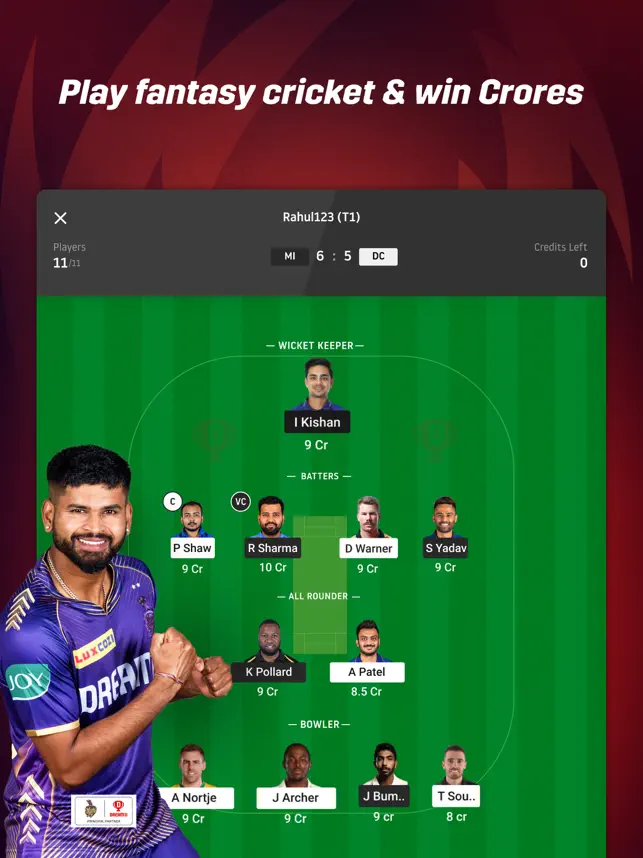A solar charge regulator is placed between the photovoltaic field and the battery field and is basically in charge of controlling the flow of energy that circulates between both equipment. The control of the energy flow is carried out by controlling the parameters of Intensity (I) and Voltage (V) at which it is injected into the battery. This energy flow depends on the state of charge of the batteries and the energy generated by the photovoltaic field.
Solar Charge Controls
The solar charge regulator constantly controls the state of charge of the batteries to make the optimal filling and thus extend their useful life.
There are three possible states of charge :
• BULK phase : the battery is discharged and all the current produced in the photovoltaic field is injected into the batteries, increasing the battery voltage as it fills up.
• Phase ABSORPTION : when the battery voltage reaches the absorption voltage (in batteries open lead-acid 14.4V and the AGM batteries and the GEL batteries 14,1V), the solar charge controls keeps the tension slightly below this value and reduces the current until the battery is practically full.
• FLOAT phase : in this phase the voltage is reduced to the float voltage (generally 13.5 V) and the injected current is reduced until the battery is completely filled.
All the energy that is generated is greater than the energy that is possible to inject into the batteryit is lost due to the Joule effect (heat) in the regulator.
Therefore, the solar charge regulator is a device that protects the battery against overcharging , filling it as it is most convenient at all times.
Generally, solar regulators need to be programmed to tell you the type of batteries, the capacity of the batteries and the operating voltages. Contact us so we can tell you how to do it in your regulator.
There are other secondary functions that the regulator performs:
– Prevents the battery from being discharged at night in the photovoltaic field due to current reversal by means of a type D diode.
– Provides information on the status of the system: battery voltage, generated current, historical, state of charge, … (only in those with controllers with DISPLAY ).
CONTINUOUS CONSUMPTION
There is another function that is usually attributed to the solar charge regulator and that it only performs when it has a direct current consumption connected . It is about protection against deep discharges.
The regulator has a type A switch that cuts the current delivered by the battery to consumption only when it is done continuously, since the current does pass through the regulator. That is why, in the regulators DISPLAY when no current consumption continues, the screen “Consumption or LOAD” appears the value 0 A .
In case of consuming in alternate, which is the most common, the battery is discharged by the inverter and the charge controller cannot control the discharge of the battery .
Some regulators allow the control of loads by programming the switching on and off of the direct current loads connected to the regulator. This option is especially useful for luminaires or equipment where you want to turn on the light when the solar radiation falls below a certain threshold (dusk) and turn it off when the solar radiation returns (dawn). The night energy is extracted from the energy injected during the day into the battery.
My name is Sardar Ayaz a professional content writer and SEO expert having Proven record of excellent writing demonstrated in a professional portfolio Impeccable grasp of the English language, including idioms and current trends in slang and expressions. I have ability to work independently with little or no daily supervision with strong interpersonal skills and willingness to communicate with clients, colleagues, and management.
I can produce well-researched content for publication online and in print, organize writing schedules to complete drafts of content or finished projects within deadlines. I have 12 years’ experience to develop related content for multiple platforms, such as websites, email marketing, product descriptions, videos, and blogs.
I use search engine optimization (SEO) strategies in writing to maximize the online visibility of a website in search results











